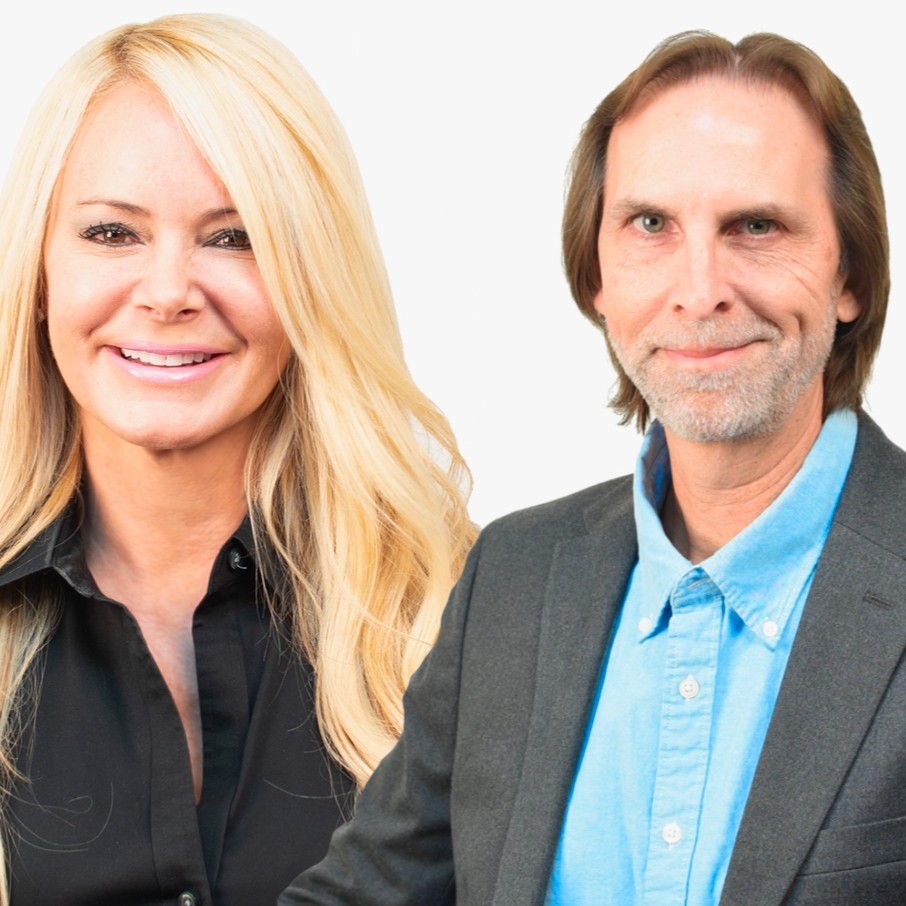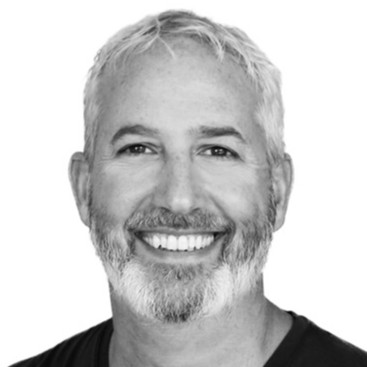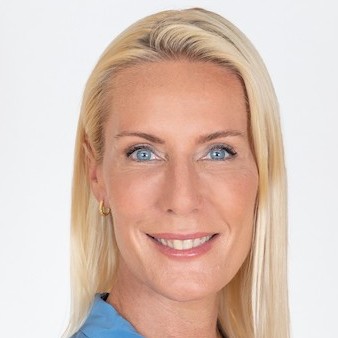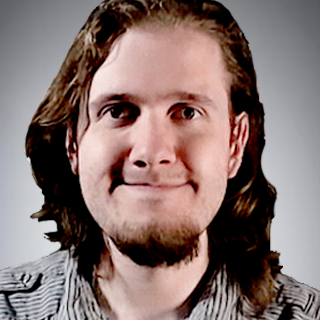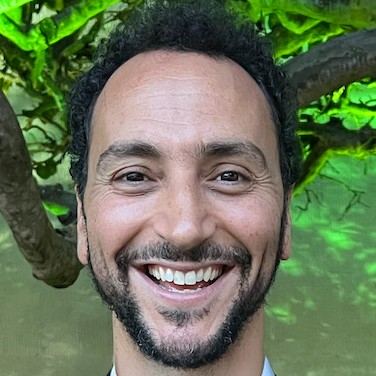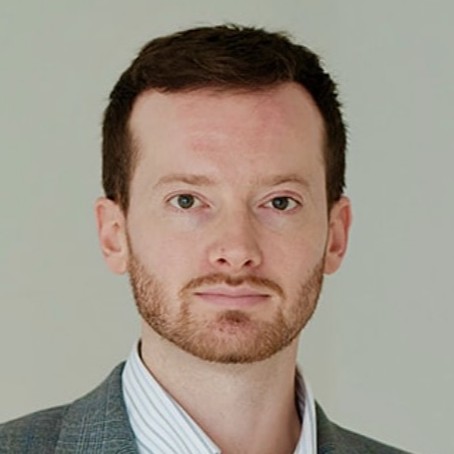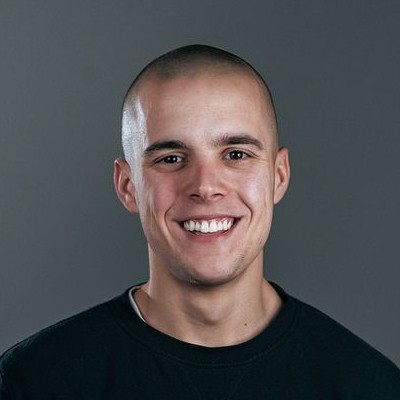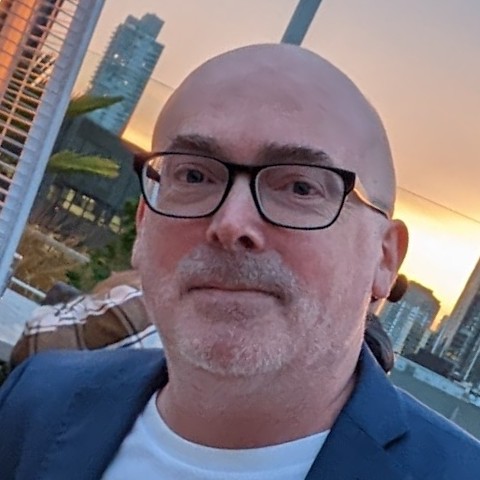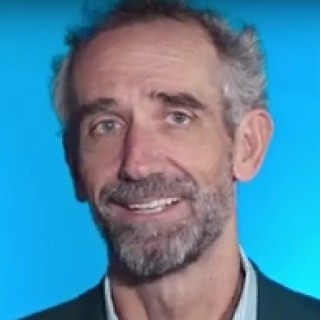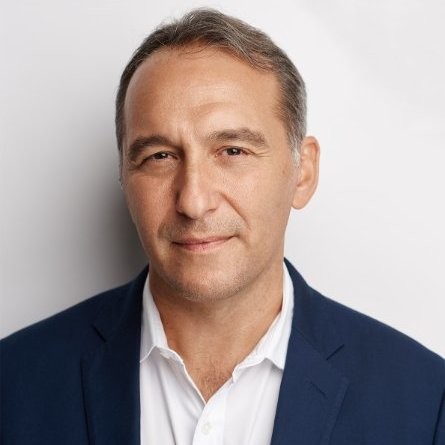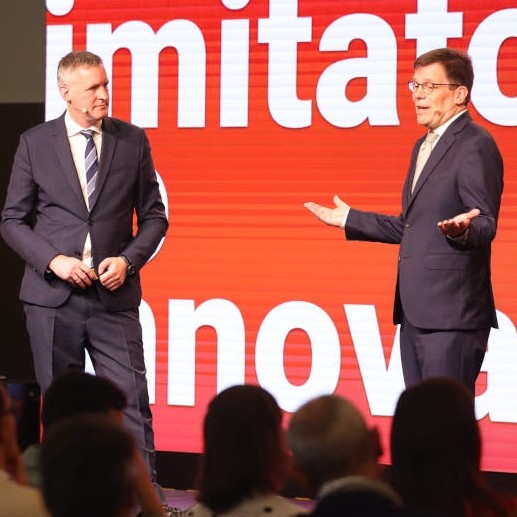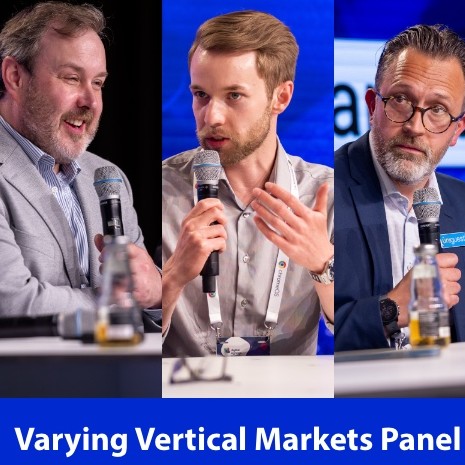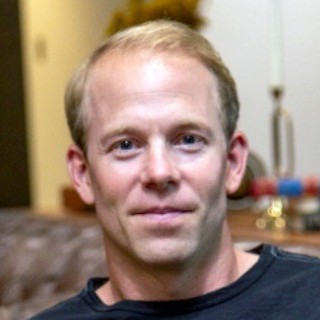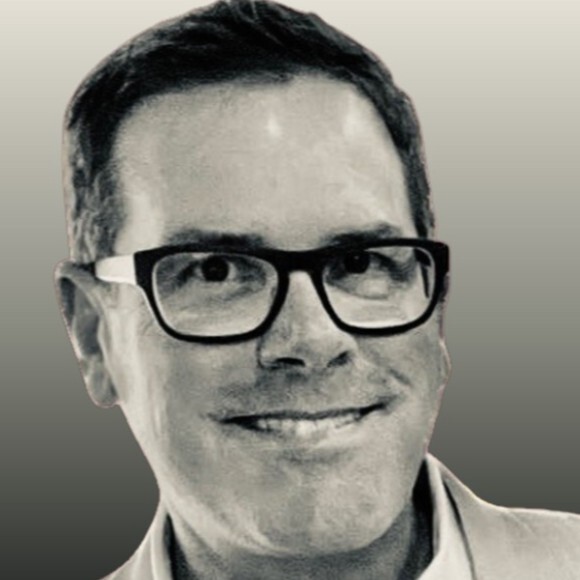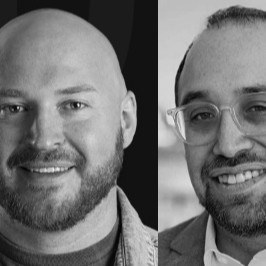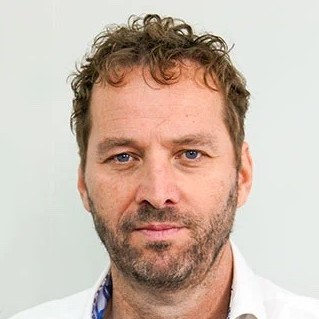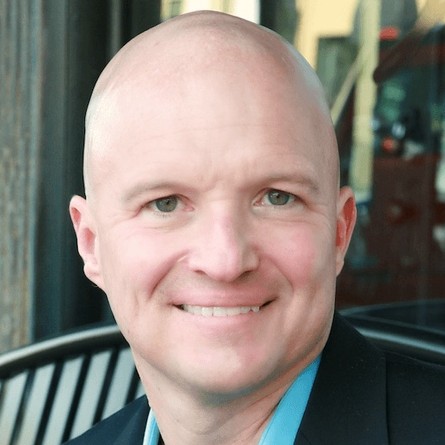Nita Odedra, Blue Rhine Industries
Description
The 16:9 PODCAST IS SPONSORED BY SCREENFEED – DIGITAL SIGNAGE CONTENT
Dubai, Qatar and more recently Saudi Arabia have developed a reputation in digital signage for bankrolling projects that seem mainly focused on sizzle and scale. But there's a lot more going on in the region than work that's just about Wow Factor.
It's a busy, high opportunity part of the world for companies delivering big visual display projects, but also one that presents a lot of challenges in how things work - everything from regulations and timelines to cultural differences.
I've got to know a Dubai-based company called Blue Rhine Industries through its strategy director, Nita Odedra, who I first met at an ISE conference. I'd already been impressed by how the integrator actually produces useful marketing - tight, explanatory videos that do the job of explaining what was done and why. It seems sensible, but is remarkably rare in this sector. I see a LOT of it, so I know.
Nita and I had a great chat about the company's roots as a traditional sign company, and how and why it expanded into digital. We spend a lot of time talking about what's happening in the region, what customers want, and how business is done.
If your own company is thinking the Gulf region presents a lot of opportunity for expansion, that is indeed true. But like a lot of things, it looks easier that it appears. Local knowledge and experience are invaluable.
Subscribe from wherever you pick up new podcasts.
TRANSCRIPT
Thank you for joining me. For those people who don't know Blue Rhine Industries, can you give me a rundown of what the company does?
Nita Odedra: Yeah. So we're a digital signage system integrator headquartered in Dubai, in the UAE, and we are working across the entire GCC on various projects. That includes additional screens, software, and interactive solutions, across a range of industries. That's us in a nutshell.
What are the roots of the company?
Nita Odedra: So we formed in 2006 by a gentleman called John V. Joseph, who still runs the company now, and he started the company as a static signage fabricator.
So very humble beginnings where we were fabricators for static signs and shop signs. So it could be a Starbucks sign or a Cartier sign. Then inside the retail stores, it would be the category signage, light boxes, and menu boards in F&B, and that's how we started the business.
And you went to digital, was it because there was an opportunity or it was one of those things where you looked at it and realized, okay, we have to go this way?
Nita Odedra: Yeah, it was the latter. It was that we identified that there was a shift happening, in retail, in F&B. So where we felt this the most was the quick-serve restaurants where they were changing their traditional lightbox menu boards to LCD screens, and that was a big business for us, lightboxes, menu boards, keeping those menu boards updated.
So at that point, we realized that there was a shift happening and we were going to start losing the lightbox kind of offering that we had we formed a relationship and exclusivity with Phillips Professional Panels, Professional Displays at the time, and we were their exclusive distributor here in the UAE for a number of years and that's where the digital signage business began.
And what does that represent for Blue Rhine now? Is it like a big part of their business or like a sideline?
Nita Odedra: More than half the business now is digital signage or some type of static signage, which incorporates digital signage into it. So we have fully dedicated teams. It's like the business is almost split into two and digital signage is where we're seeing the most growth.
I suspect the two are complimentary still in that if you come across a job that involves something more than hanging a screen on a wall, there are a lot of solutions providers that don't really have the expertise on the engineering side, don't have the man lifts or any of these things to do the more aggressive or complicated work.
Nita Odedra: Absolutely. So that's really our differentiator in the market here is that because the company grew from being a fabricator. So we have four factories. We have facilities for large steel structures, both indoor and outdoor large totems. So we're doing canopies for gas stations as part of our static business, which allows us to be able to do those large unipoles for the out-of-home media agencies, for example, down the highway.
So the ability to manage that whole project from technical drawings on steel structures and, the housing and all that type of stuff, all the way through to fabricating in our facility, installing it in-house, having the digital signage arm of the business, the software, the content, we're able to provide that full end to end solution and that means that when we're doing these installations, especially indoor environments, where we're doing the secondary structure, every millimeter counts when it comes to that perfection of LED screens, for example, and having that beautiful screen housing structure, that's all done by us.
Lord knows we've seen around the world, large format display projects that have been done by companies who probably don't know what they are doing because things fall over or fall on people and everything else.
Nita Odedra: Yeah, we've seen that recently, but, we've got in-house engineers. We've got those project managers in-house. We've got guys doing BIM in-house as well.
So we have that technical capability all the way from the drawings. Then we've got the fabrication facility with skilled workers. We have multiple HSC kinds of offices that are going on-site. Most recently we did quite a complex project, from beginning to end, which was the Dubai Mall Aquarium, which was a long installation. That was six months. Because it's a fully operational mall, we had a very short window at night time to go in to put all the access equipment up and work. we had to take out the existing screen, which was an OLED LG display, and then replace that with the infrared screen that we put in and that took six months and we're very proud of that installation because we had zero HSC violations over six months and our team just did a fantastic job there.
Is that an anomaly or is that kind of the work you do?
Nita Odedra: That's very much the kind of work we do. So it is these large screens, it is custom fabrication. It will be complex sites. So we're doing one at the moment, which is a very large outdoor screen on the corner of a building, which is also still in construction. So this is very typical, especially when we're looking at those large format screens.
Those are jobs that don't come along that often, even in your region. A lot of companies would rely more on the, use a term I use quite a bit, meat and potatoes kind of work where it's conventional flat panel LCDs for menu displays.
Nita Odedra: So here the market is a little bit different because we've got so many projects, new developments, they're trying to do things differently. We’ve got cylinder LCDs, we've got pillars being clad, etc. But yeah, you're right there. Our bread and butter and the fast-moving business that keeps the lights on is the retail business. That is the LED screens, the LCD video walls, and interactive displays in retail environments.
When we get those orders in, they turn around pretty quickly, within a couple of months, the payments are pretty good on those because you're delivering in a shorter time frame, and on the larger projects, that's where, sometimes we can get our money stuck, projects get delayed. An example would be Abu Dhabi Airport, Terminal A, where that project was delayed over a couple of years and we had that stock ready, and then COVID came, the project got delayed, and that became from what should have been two years became five years.
You just have to sit on that stuff.
Nita Odedra: You're sitting on it or you install it and then the airport's still not open. You've got a screen up there that's not ready for any content yet. But it's just the way it is, especially in this region, projects sometimes do get delayed and we just have to be prepared for that when we're resourcing the company and now we're at over 750 people, almost 800 across the region. So it's managing those resources and making sure that the installation or the fabrication that we're aligned internally on manages everything.
So from a distance, I look at the GCC region and I see these mega projects being announced and I always wonder how many of them are actually going to be built and how long does it take?
Nita Odedra: So these are ambitious projects, right? So we're looking at projects in NEOM, like The Line, we've got several projects in and around Medina, and they are very ambitious when you look at them on paper. They are happening, but some of them are being scaled back. So you may have heard Neom The Line that was scaled back from, hundreds of kilometers down to just a couple of kilometers.
But it's still one of the largest building projects in the world, even at that scale-down size, right?
Nita Odedra: Absolutely, and we are seeing that these projects are now coming to life. So things that were announced, what, five years ago, probably like 2018 when they set the 2030 vision for Saudi Arabia specifically. A lot of those projects are now happening, the hotels are opening, the resorts are opening, so we look at places like the Red Sea Development, which has luxury resorts. It's going to be a tourist destination. They'


